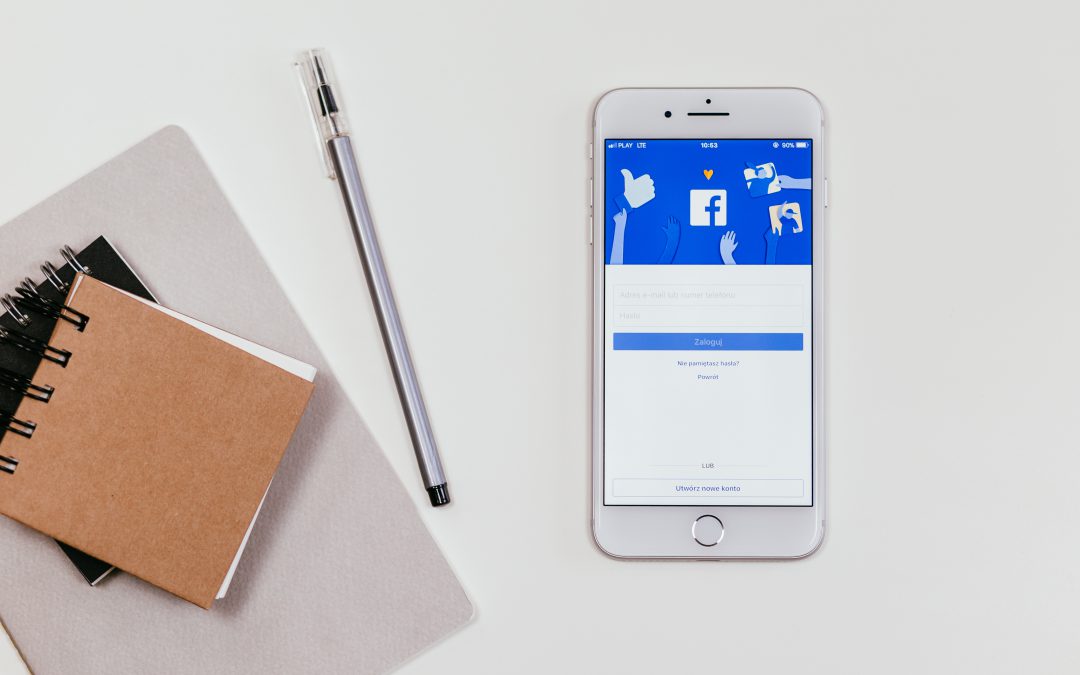Social media might at first seem like a nightmare to some teachers. No matter how interesting the lesson, your students may still try to hide their phones under their desks and scroll through Instagram. Why not use social media to your (and your students’!) advantage? Here are five ways to use social media in the classroom to accomplish complex learning goals in exciting new ways.
Create a Classroom Facebook Group
Making a private group on Facebook for the class can create a sense of community. You can post homework assignments and deadlines on the group’s page. Also, encourage students to post questions on the wall. That way, other students may be able to help as well as the teacher. You can also have students discuss readings or topics online. Students who don’t feel comfortable speaking in class may feel more comfortable joining discussions in this digital space. Finally, you can even allow parents to access the group and see what their children are learning.
Twitter Summaries
Twitter’s character limit may seem restrictive, but it’s a great way for students to sharpen their language skills. Have students answer a question or summarize a chapter in a tweet. Crafting short-short stories within Twitter’s character limits teaches students about plot, characterization, and concision. Students could also post articles pertaining to the lesson on Twitter for everyone to see and discuss. You could even have students Tweet a daily summary of what they learned in class.
Blog Writing
In-class writing assignments help students focus, serve to foreground class discussions, and ensure that students complete their assigned readings. If students write on a blog shared with the class, it transforms the solitary act of writing to a communal experience. You can require that students read and comment on a blog post from a different student each week. This teaches students about online communication. It also encourages communication between students who belong to different social groups.
YouTube Lectures
This assignment can be done in groups or individually. The teacher will choose a subject for each group/individual to research and teach in a short YouTube video. Since explaining a subject to others enhances one’s understanding of the subject, this fun assignment will also be educational. You could even have students study TED Talks and create their own. This will strengthen students’ analytical skills as well as their research and communication skills.
Social Media Profiles for Historical Figures
History, English, science, math — no matter the subject, this assignment can help students understand historical figures and their contributions to a field. Have students choose a historical figure significant to the subject they’re studying. Then, have students create a fake Facebook profile or Twitter account for them. Tweeting and posting as if they were the figure themselves will require them to do extensive research on the person and their concentration of study. Several online tools allow students and teachers to create these profiles, such as ReadWriteThink‘s Profile Publisher and this Twitter profile template for use with the G Suite. Or, you could go the old-fashioned route and have students sketch out profiles on paper, like this middle-school teacher.
It’s important to set boundaries and remind students to keep school and classroom Acceptable Use Policies in mind when communicating online. Also, monitoring software like LearnSafe protects students from cyberbullying and notifies administrators of at-risk behavior while students are online and offline. As long as boundaries are set, using social media in the classroom should be an enlightening — and exciting — experience for all.
Text by Anna Khan


